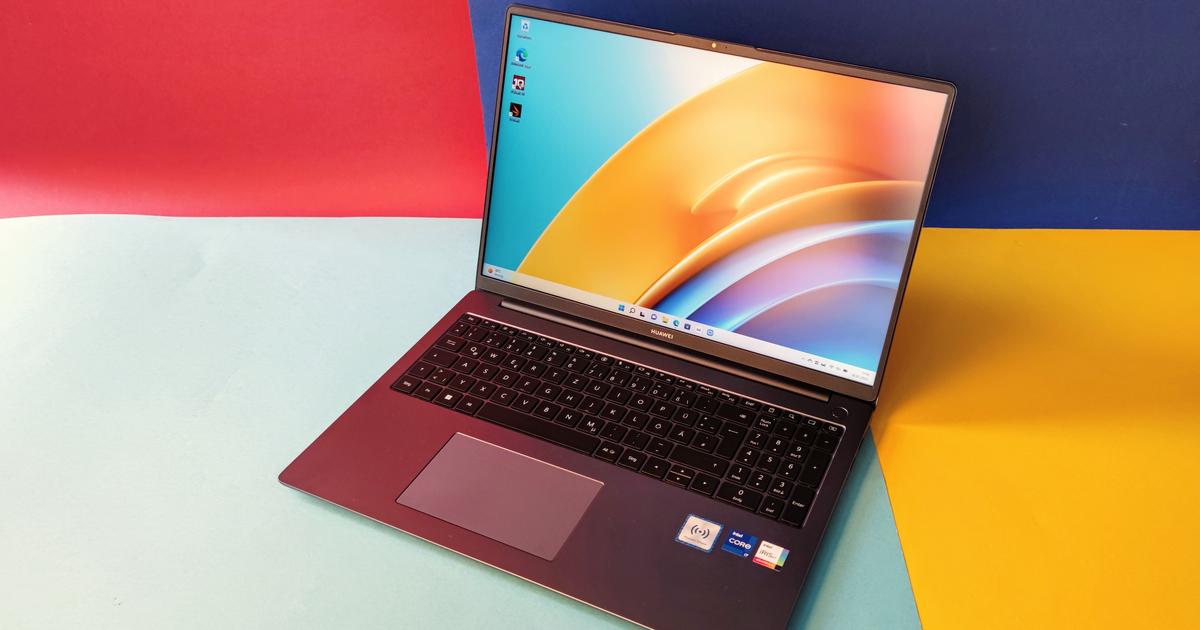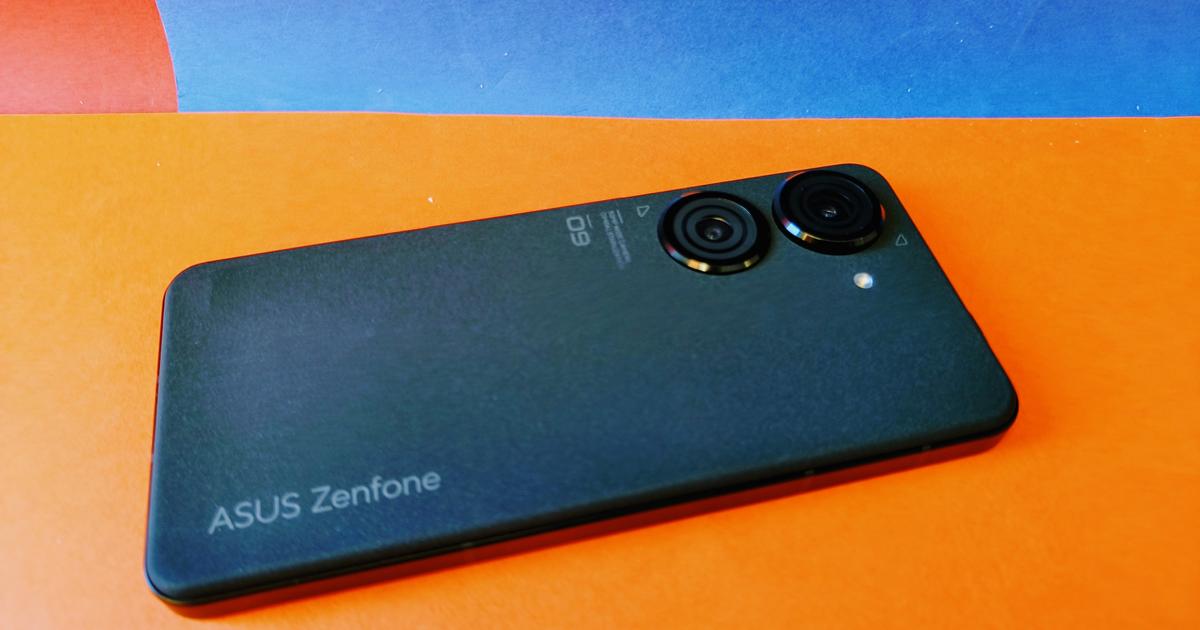Game Reviews
Deliver Us the Moon Review: The astronaut wears the next-gen suit

-
/home/u233641744/domains/voonze.com/public_html/wp-content/plugins/mvp-social-buttons/mvp-social-buttons.php on line 120
- /home/u233641744/domains/voonze.com/public_html/wp-content/plugins/mvp-social-buttons/mvp-social-buttons.php on line 123
- /home/u233641744/domains/voonze.com/public_html/wp-content/plugins/mvp-social-buttons/mvp-social-buttons.php on line 126
- /home/u233641744/domains/voonze.com/public_html/wp-content/plugins/mvp-social-buttons/mvp-social-buttons.php on line 129
https://voonze.com/deliver-us-the-moon-review-the-astronaut-wears-the-next-gen-suit/&t=
Warning: Undefined variable $post in /home/u233641744/domains/voonze.com/public_html/wp-content/plugins/mvp-social-buttons/mvp-social-buttons.php on line 120
Warning: Attempt to read property "ID" on null in /home/u233641744/domains/voonze.com/public_html/wp-content/plugins/mvp-social-buttons/mvp-social-buttons.php on line 120
Deliver Us the Moon Review: The astronaut wears the next-gen suit', 'facebookShare', 'width=626,height=436'); return false;" title="Share on Facebook">
Deliver Us the Moon Review: The astronaut wears the next-gen suit &url=
Warning: Undefined variable $post in /home/u233641744/domains/voonze.com/public_html/wp-content/plugins/mvp-social-buttons/mvp-social-buttons.php on line 123
Warning: Attempt to read property "ID" on null in /home/u233641744/domains/voonze.com/public_html/wp-content/plugins/mvp-social-buttons/mvp-social-buttons.php on line 123
https://voonze.com/deliver-us-the-moon-review-the-astronaut-wears-the-next-gen-suit/', 'twitterShare', 'width=626,height=436'); return false;" title="Tweet This Post">
https://voonze.com/deliver-us-the-moon-review-the-astronaut-wears-the-next-gen-suit/&media=
Warning: Undefined variable $post in /home/u233641744/domains/voonze.com/public_html/wp-content/plugins/mvp-social-buttons/mvp-social-buttons.php on line 126
Warning: Attempt to read property "ID" on null in /home/u233641744/domains/voonze.com/public_html/wp-content/plugins/mvp-social-buttons/mvp-social-buttons.php on line 126
https://voonze.com/wp-content/uploads/2022/07/Deliver-Us-the-Moon-Review.jpg&description=
Warning: Undefined variable $post in /home/u233641744/domains/voonze.com/public_html/wp-content/plugins/mvp-social-buttons/mvp-social-buttons.php on line 126
Warning: Attempt to read property "ID" on null in /home/u233641744/domains/voonze.com/public_html/wp-content/plugins/mvp-social-buttons/mvp-social-buttons.php on line 126
Deliver Us the Moon Review: The astronaut wears the next-gen suit', 'pinterestShare', 'width=750,height=350'); return false;" title="Pin This Post">
Deliver Us the Moon Review: The astronaut wears the next-gen suit&BODY=I found this article interesting and thought of sharing it with you. Check it out:
Warning: Undefined variable $post in /home/u233641744/domains/voonze.com/public_html/wp-content/plugins/mvp-social-buttons/mvp-social-buttons.php on line 129
Warning: Attempt to read property "ID" on null in /home/u233641744/domains/voonze.com/public_html/wp-content/plugins/mvp-social-buttons/mvp-social-buttons.php on line 129
https://voonze.com/deliver-us-the-moon-review-the-astronaut-wears-the-next-gen-suit/">
KeokeN Interactive takes its sci-fi thriller to the moon of the latest generation consoles, but the landing isn’t smooth at all.
The recent past of Deliver Us the Moon it is marked by a bumpy path, which originates from a first independent publication in 2018 and withdrawn from the market due to a not exactly enthusiastic response from the public. The following year, the guys from KeokeN Interactive revived their space adventure using Wired Production and received the lukewarm approval of critics and users.
With the advent of new hardware from Sony and Microsoft, the small Dutch studio he went to work to create the polished and corrected version of the sci-fi thriller but some technical complications are flanked by a problematic narrative rhythm already in its original version, and the expedition to save the Earth could make even science fiction enthusiasts turn up their noses.
For humanity, for the future
After decades of unheard alarms and catastrophic visions of the future, the Earth has officially run out of supplies of fossil fuels, plunging into the abyss of an energy crisis impossible to solve. Pollution levels have turned what was once the blue planet gray and brown, with sandstorms sweeping the few lands that survived continuous and devastating floods.
In 2041 the space agency WSA seeks in our only satellite the hope of preserving mankind, and following the drilling of the lunar soil, Helium-3 is finally discovered, a form of energy that can be transferred to Earth thanks to a microwave beam called MPT.

The fate of humanity therefore seems to be able to take the path of renewal and salvation, but after a few years the supply of Helium-3 stops, the MPT beam is turned off and there is no more news of the human colony located on the moon. In 2050 some exponents of the now dismantled WSA manage to organize one last, desperate expedition to the satellite, sending an astronaut to investigate the causes of the blackout to restore the only source of energy capable of saving humans from extinction.
A bite-free texture
The narrative plot of the work already suffers from a lazy anonymity, being devoid of a truly original idea that sets it apart from the many catastrophic science fiction works that have blossomed in recent years, especially in the field of ecological reinterpretation and responsible for climate change. (if you are looking for an exciting space story, we refer you to the Observation review).



The plot leads us to take on the role of a nameless and faceless astronaut, taking the first steps in the abandoned cosmodrome of Fesenkov, which has become the operational base of the WSA exiles following the dissolution of the wretched space agency. After a short introductory section, useful to describe to the player the haggard passages that tend to repeat themselves in the course of the adventure, the rocket starts the engines and heads for the mysterious lunar surface. Deliver Us the Moon, despite a form that seems to wink at puzzle-games, can be ascribed to the circle of walking simulators, given that the simplistic gameplay offer is revealed in the resolution of very accessible puzzles – between generators to be restarted by inserting a battery, unlock codes left on display and easy sections in the absence of oxygen – with the core of the experience that lies instead in the exploration of the environments and in the narrative sector. It is precisely this propensity for narrative on the part of the work that makes an evaluation of the story told essential, which settles in the limbo of very similar productions due to slow and obvious evolutions, which deprive the title of that fundamental surprise factor to make at least the weak initial premises are incisive.
Aesthetics and game modes
The space explorer will move according to our commands, taken from a third-person shot that on specific occasions – such as entering tight spaces or while controlling the small NSE drone – will switch to the subjective view, which in reality is lends much better to the identification of the player in the theater of the events told. A pity in this regard that it was very little used during the adventure.



The poor symbiosis between user and protagonist is also underlined by a problematic walking system, with an always difficult start of the movement that explodes in an unnatural and slippery run, which almost causes drifting when the direction of the analogue changes. While exploring the moon base we will always be alone but we will get to know the missing inhabitants through the holographic reconstructions of their speeches, displaying colorful and faceless silhouettes animated only on a superficial level. The acting by the voice actors is not always optimal or felt, but it is quite realistic, and in general the plot holds up the narrative structure without particular worries despite the anonymity we were talking about previously (the game is localized in Italian only for the lyrics). Scattered glimpses of human life are placed sparingly in the rooms of deserted buildings, like newspaper pages and electronic communications but the settings of the lunar base fail to remain impressed because of the emptiness that distinguishes them, combined with a monotonous aesthetic that flattens out on the grays and blues of the color palette.
The problems of the next-gen version
Although it is a title that focuses on the identification of the user and his involvement in a story among the stars, it is necessary to say a few words on the technical state of the product in question, because Deliver Us the Moon suffers from an unconvincing realization even in its next-gen incarnation. KeokeN is a small independent studio, so it can be granted with a light heart all the mitigating circumstances of the case but the minimal graphic detail of its models and poor lighting management do not honor the Dutch kids’ space epic.

During the test, several smudges were revealed both on the graphic side, with glitches and more evident artifacts, and on the playful one, think of the presence of some incorrect prompts, to be eliminated or not translated. The game offers two graphics modes, performance and quality, but only one of these firmly holds the entire structureand is the one that points to smoothness rather than visual realism.
The performance mode nails the frame rate to the high values we expect from the new generation consoles (net of the occasional hiccup caused by automatic saves) but the resolution just sufficient and the bad reflection of light on the materials helps to dissociate the player from the story being told. . On the contrary, the graphics mode thickens the shadows, increases the resolution up to dynamic 4K and handles the light rays much better, but the frames per second count drops well below 30 and often makes it difficult to control the character, especially during the zero gravity sections.
-
/home/u233641744/domains/voonze.com/public_html/wp-content/plugins/mvp-social-buttons/mvp-social-buttons.php on line 120
- /home/u233641744/domains/voonze.com/public_html/wp-content/plugins/mvp-social-buttons/mvp-social-buttons.php on line 123
- /home/u233641744/domains/voonze.com/public_html/wp-content/plugins/mvp-social-buttons/mvp-social-buttons.php on line 126
- /home/u233641744/domains/voonze.com/public_html/wp-content/plugins/mvp-social-buttons/mvp-social-buttons.php on line 129
https://voonze.com/deliver-us-the-moon-review-the-astronaut-wears-the-next-gen-suit/&t=
Warning: Undefined variable $post in /home/u233641744/domains/voonze.com/public_html/wp-content/plugins/mvp-social-buttons/mvp-social-buttons.php on line 120
Warning: Attempt to read property "ID" on null in /home/u233641744/domains/voonze.com/public_html/wp-content/plugins/mvp-social-buttons/mvp-social-buttons.php on line 120
Deliver Us the Moon Review: The astronaut wears the next-gen suit', 'facebookShare', 'width=626,height=436'); return false;" title="Share on Facebook">
Deliver Us the Moon Review: The astronaut wears the next-gen suit &url=
Warning: Undefined variable $post in /home/u233641744/domains/voonze.com/public_html/wp-content/plugins/mvp-social-buttons/mvp-social-buttons.php on line 123
Warning: Attempt to read property "ID" on null in /home/u233641744/domains/voonze.com/public_html/wp-content/plugins/mvp-social-buttons/mvp-social-buttons.php on line 123
https://voonze.com/deliver-us-the-moon-review-the-astronaut-wears-the-next-gen-suit/', 'twitterShare', 'width=626,height=436'); return false;" title="Tweet This Post">
https://voonze.com/deliver-us-the-moon-review-the-astronaut-wears-the-next-gen-suit/&media=
Warning: Undefined variable $post in /home/u233641744/domains/voonze.com/public_html/wp-content/plugins/mvp-social-buttons/mvp-social-buttons.php on line 126
Warning: Attempt to read property "ID" on null in /home/u233641744/domains/voonze.com/public_html/wp-content/plugins/mvp-social-buttons/mvp-social-buttons.php on line 126
https://voonze.com/wp-content/uploads/2022/07/Deliver-Us-the-Moon-Review.jpg&description=
Warning: Undefined variable $post in /home/u233641744/domains/voonze.com/public_html/wp-content/plugins/mvp-social-buttons/mvp-social-buttons.php on line 126
Warning: Attempt to read property "ID" on null in /home/u233641744/domains/voonze.com/public_html/wp-content/plugins/mvp-social-buttons/mvp-social-buttons.php on line 126
Deliver Us the Moon Review: The astronaut wears the next-gen suit', 'pinterestShare', 'width=750,height=350'); return false;" title="Pin This Post">
Deliver Us the Moon Review: The astronaut wears the next-gen suit&BODY=I found this article interesting and thought of sharing it with you. Check it out:
Warning: Undefined variable $post in /home/u233641744/domains/voonze.com/public_html/wp-content/plugins/mvp-social-buttons/mvp-social-buttons.php on line 129
Warning: Attempt to read property "ID" on null in /home/u233641744/domains/voonze.com/public_html/wp-content/plugins/mvp-social-buttons/mvp-social-buttons.php on line 129
https://voonze.com/deliver-us-the-moon-review-the-astronaut-wears-the-next-gen-suit/">







Deliver Us The MoonVersion Analyzed PlayStation 5Small independent studio KeokeN brings its space opera to life with an update that improves its performance on next-generation consoles. Deliver Us the Moon is more walking simulator than puzzle-game, because the puzzles to be solved are extremely simple and repetitive in short, and it focuses decisively on immersion in science fiction history to remain etched in the player’s memory. The plot has an ecological heart and exudes a passion for science-fiction but lacks the necessary incisiveness to rise above other similar productions. On the technical front, unfortunately, it is necessary to take into account a sub-optimal realization of the models and an unrealistic management of the lights, combined with bare and somewhat anonymous settings. In its next gen version, the Dutch game remedies the errors of the past iteration with a visually convincing but terrible performance graphics mode, while the more performing one does not improve the minimum graphic detail we were already accustomed to.